藝評
Unseen Existence: Dialogue with the Environment in Contemporary Art
約翰百德 (John BATTEN)
at 10:17am on 27th December 2014
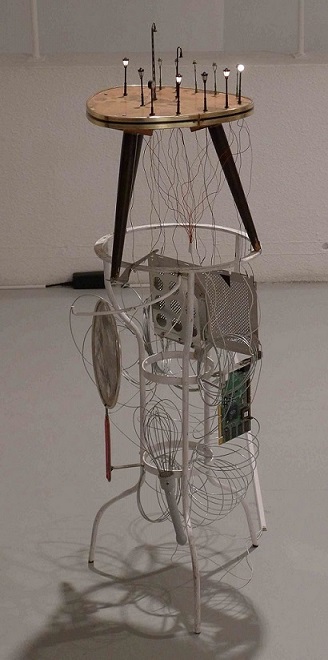
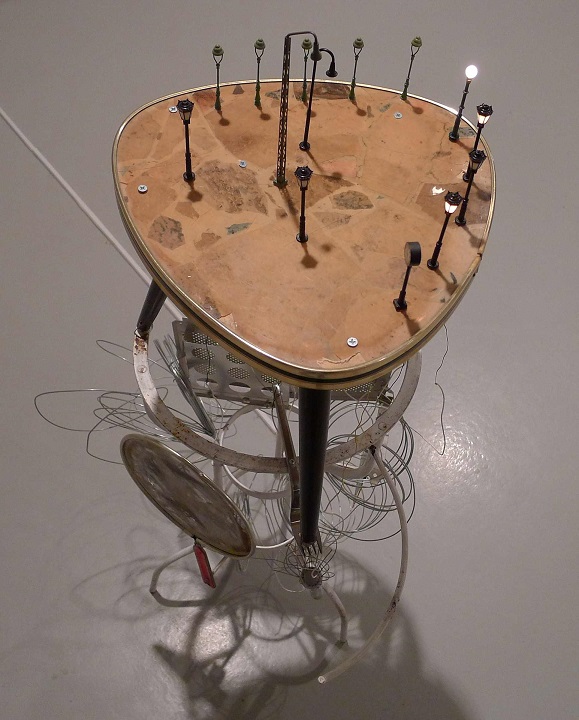
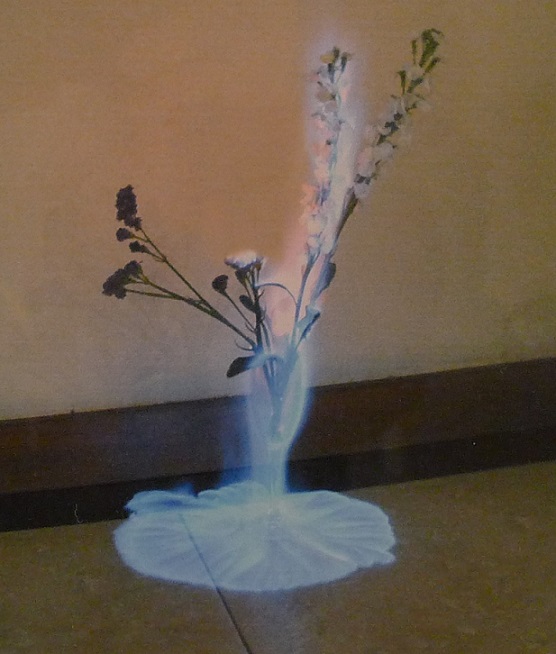
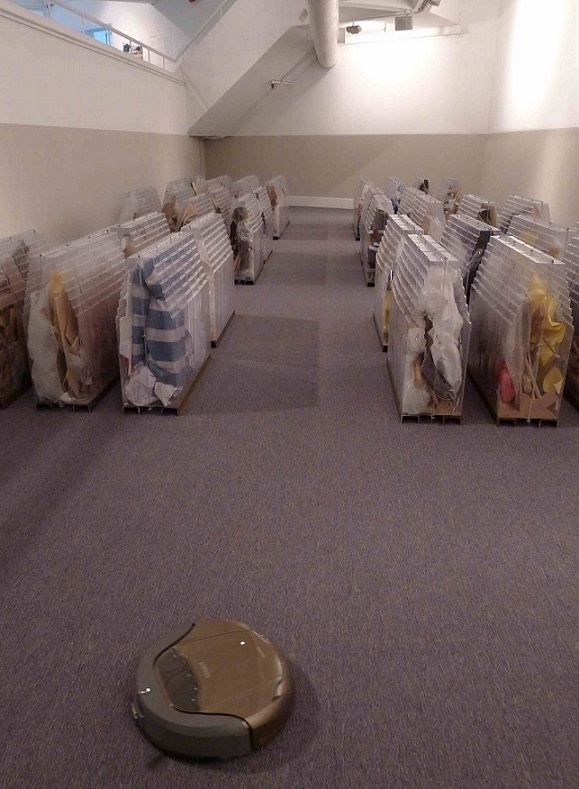
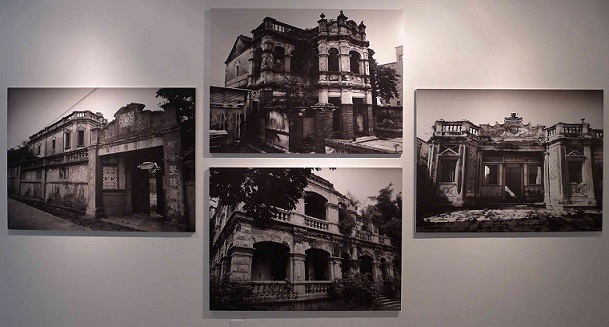
Captions:
1. Yuko Mohri, Urban Mining series, mixed media with electrical connections.
2. Yuko Mohri, Urban Mining series (side view), mixed media with electrical connections.
3. Jiang Zhi, Love Letters series (detail), colour photographs.
4. Nadim Abbas, Satellite of *, mixed media installation, 2014.
5. Yao Jui-chung, Ruins Project, black and white photography.
(原文以英文發表,評論「Unseen Existence: Dialogue with the Environment in Contemporary Art」展。)
The entrance to this group exhibition of twelve artists from around the world curated by Taiwanese collector Rudy Tseng is not promising: a mundane paneled wall on whose reverse is projected a twenty-minute three-channel video by Sutthirat Supaparinya without any provided seating. This beginning may be uncomfortable, but the entire exhibition is a fascinating exploration of humanity’s intervention in the environment and, as Tseng says, considers nature’s overlooked “resources, such as the sounds, the lights and the breezes in our daily lives.”
Yuko Mohri from Japan uses found and readymade objects in her Urban Mining series (see image) to create miniature landscapes of haphazardly placed cars, streetlights and railway carriages. These are irregularly lit-up, but only when the attached loose, dangling wire connections achieve a live electric circuit by a random breeze bringing them into contact with each other. Mohri’s constructions are austere, but she shows that, despite Japan’s devastating 2011 Tohoku Earthquake, better recycling of objects and use of wind and water can also bring sustainable renewal.
Hong Kong artist Nadim Abbas exhibits 56 large custom-made plastic containers, each moulded into the identical shape of a typical Hong Kong housing estate building. Inside each container can be seen the waste collected during this exhibition’s installation. Arranged in tight rows, containers are ordered and methodically placed. Four automatic, self-charging vacuum cleaners scurry in between the rows, obsessively cleaning the carpet. Abbas highlights consumption and the need to horde, but – possibly perversely - imposed within an unnatural, hygienic, must-be-clean environment.
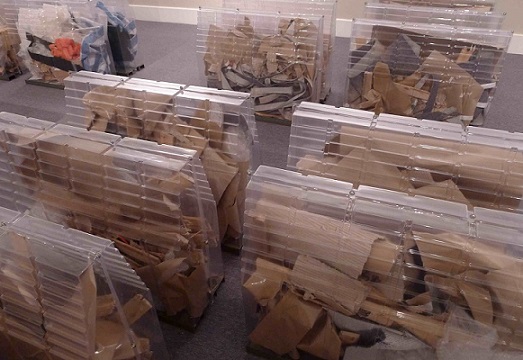
Nadim Abbas, Satellite of *, mixed media installation, 2014
Alternatively, the exemplary Taiwanese artist Yao Jui-chung shows a series of black-and-white photographs of abandoned buildings across the island. These sets of similar ‘derelict’ structures give a forlorn, nuanced alternative depiction of Taiwan. Similarly, the momentary fragility of life is captured in Jiang Zhi’s photographs of flowers doused with alcohol and then set alight. The initial moment of fire enveloping the flower gives a beautiful halo of colour, however minutes later – unseen, but the viewer is cognisant - the flowers will soon be cinders.
This is a diverse exhibition that genuinely engages the public with thoughtful artwork around environmental issues without being annoyingly pious.
Exhibition:
Unseen Existence: Dialogue with the Environment in Contemporary Art @ Pao Galleries, Hong Kong Arts Centre
This review was published in the South China Morning Post, 23 December 2014.
